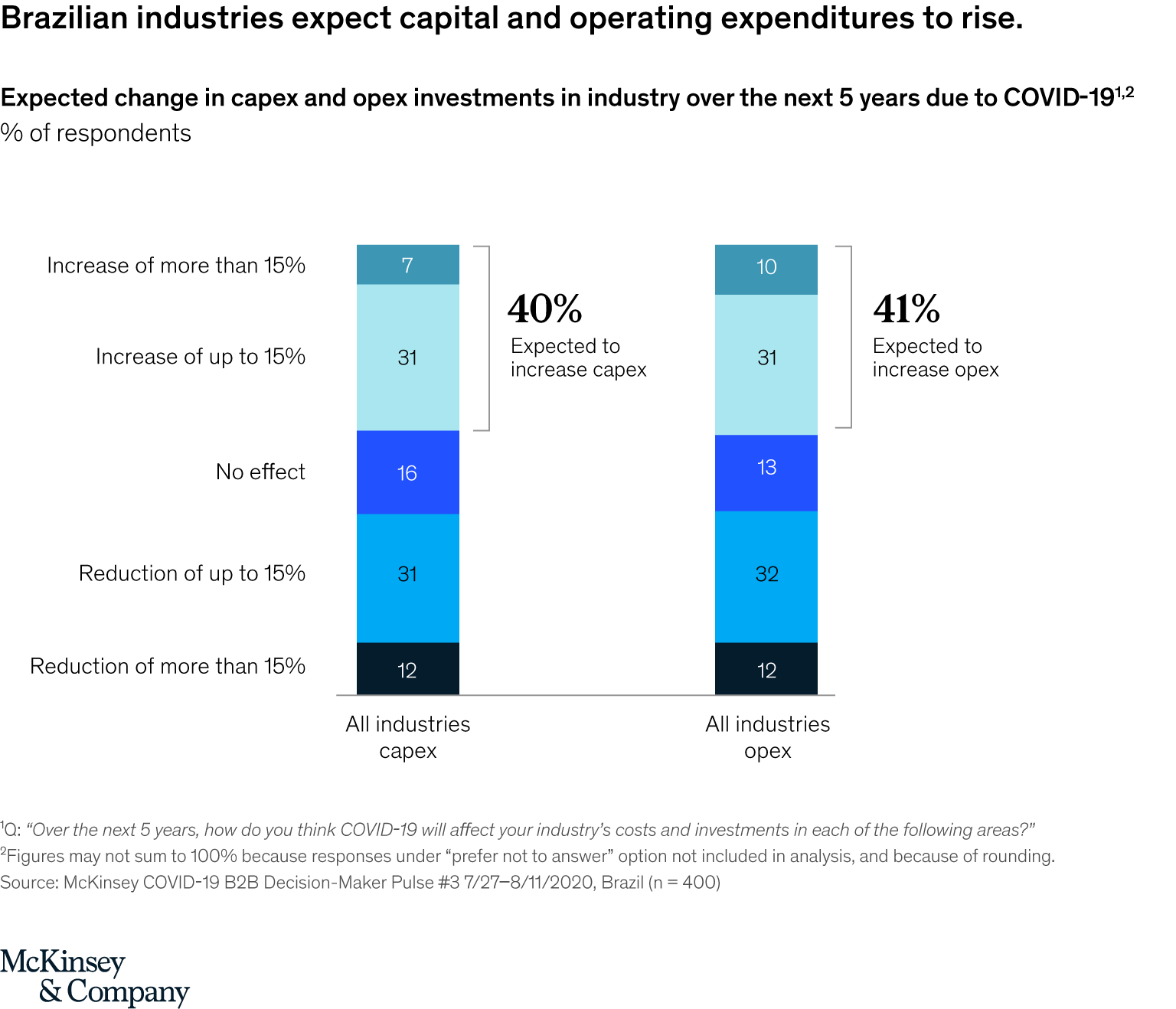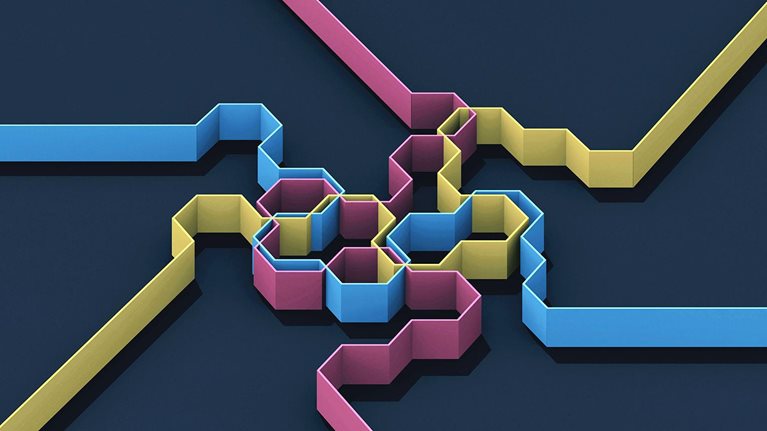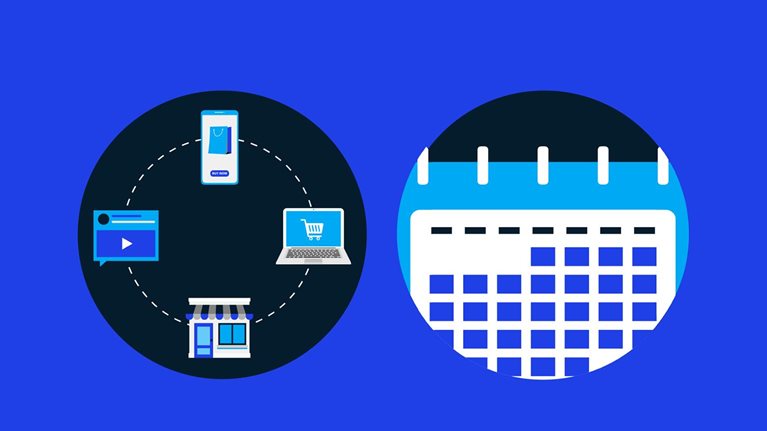The COVID-19 pandemic has forced B2B buyers and sellers to go digital in a massive way. What started out as a crisis response has now become the next normal, with great opportunities and big implications for how buyers and sellers do business in the near future.
Since the crisis began, McKinsey has been surveying decision makers in Brazil across different industries and in companies of different sizes, and the research reveals some significant findings:
1. Both B2B buyers and sellers prefer the new digital reality
More than three quarters of buyers and sellers believe this new digital model is more effective and say they now prefer digital self-serve and remote human engagement over face-to-face interactions—and that sentiment has steadily intensified.
Self-serve and remote interactions have made it easier for buyers to get information, place orders, get support, and arrange service, and customers have enjoyed that speed and convenience. Only about 20 to 30 percent of B2B buyers say they hope to return to in-person sales, even in sectors where field sales models have traditionally dominated, such as pharma and medical products.


While this shift is present across all countries surveyed, it is particularly pronounced in Brazil. Only B2B decision makers in China and South Korea have higher approval ratings for digital and remote sales than those in Brazil, while only France outpaced Brazil in the size of the swing in favor of digital and remote sales.
Would you like to learn more about our Marketing & Sales Practice?
2. Customers are buying big online
The most notable sign that digital sales have come of age is the comfort B2B buyers display in making large new purchases and reorders online. The prevailing wisdom was previously that e-commerce was mainly for smaller-ticket items and fast-moving parts. Not so anymore. Notably, more than 50 percent of B2B decision makers in Brazil say they are open to making new, fully self-serve or remote purchases in excess of $50,000, and 21 percent would spend more than $500,000.

B2B decision makers in Brazil say that online and remote selling is as effective as in-person engagement, or even more, not just for reaching and serving current customers but for acquiring new customers as well.

3. Video and live chat are the emerging stars of new go-to-market models
With the massive shift to digital resulting from COVID-19, video and live chat have emerged as predominant channels for interacting and closing sales with B2B customers, while in-person meetings and related sales activities have dropped precipitously. Digital self-serve also gained relevance during the pandemic, increasing its penetration as a sales model by 17 percent.

Brazilian companies have adjusted their salesforce size and their footprint due to COVID-19 more aggressively than companies in other countries. Half the companies interviewed have reduced their in-person sales teams and their number of physical locations, demonstrating a clear commitment to fit into the new model. Additionally, three in four companies believe they need to further develop their capabilities and technology to succeed in this new B2B world, given the likely predominance of digital from now on.

In addition to shifting their sales model, Brazilian companies are also introducing new products and services according to new landscape brought by COVID-19, increasing the focus on the long-term sustainability of their products and services, and shifting their geographic focus to areas with lower risks.
4. The future is digital—and optimistic
According to survey respondents, these pandemic-induced adjustments are likely to become permanent. Close to nine in ten decision makers say that new commercial and go-to-market sales practices will be a fixture throughout 2021 and possibly beyond.

Despite this, sentiments remain upbeat for a significant percentage of decision makers. Their optimism is reflected in the number of B2B decision makers who expect capital expenditures and operating expenditures to rise in the next five years.

The dramatic increase in digital adoption presents an outstanding opportunity for B2B enterprises. The shift to virtual sales can help sales organizations lower their cost per visit and acquisition cost, extend their reach, and significantly improve sales effectiveness—while delighting customers, who are demanding these new ways of interacting and are likely to reward suppliers that do them well.1
But while the opportunity is significant, so is the pressure to capitalize on it. B2B leaders that commit to further digitizing their go-to-market models should derive competitive advantage over their slower-moving peers in the form of more—and more loyal—customers. The COVID19 crisis has forced B2B players to adapt quickly to the next normal, resulting in financial stress for all companies throughout the value chain. Designing crisis-resilient sales organizations is key in a world prone to uncertainty.

